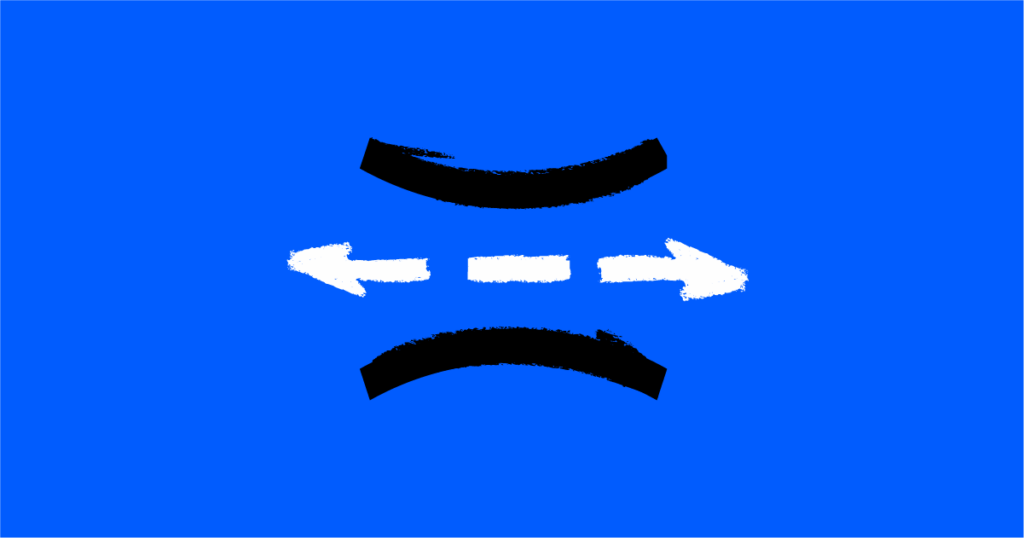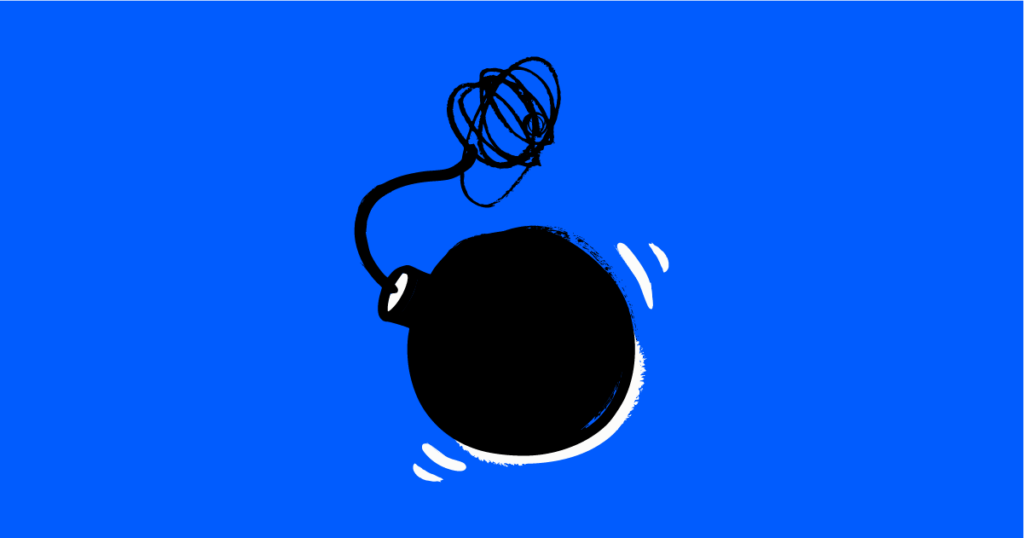The story goes a little something like this. A start-up Saas business hires an in-house design team to level up the creative assets that they had more or less whipped up on Microsoft Paint until now. Over time, the team creates a pretty impressive library of collateral and the business really starts to take off. Granted, it takes a lot more than some decent branding and slick assets to scale, but for the sake of keeping this story moving, you get the idea.
Now, here’s the problem. As the business expands, the workload of the creative team starts to really grow legs. Requests flood in from every direction, and before you know it, they’re stretched to the point of overwhelm and burnout. Now they’re having to shelve creativity because they’re too busy clearing tactical design work and the business starts to suffer.
In this post, we’ll share the four most common signs that your creative team is overly stretched.
1. Turnaround times are getting longer
If design projects are starting to take longer than usual to be delivered, it’s a signal that there’s a storm a’brewing. What’s causing the holdup? It could be for a number of reasons:
Average production times aren’t known. If average turnaround times haven’t been determined for the production of assets (e.g. social media graphics, case studies, sales decks, use cases), designers can spend an ungodly amount of time on creative projects that don’t always see the light of day.
Briefs are incomplete or vague. Designers often have to deal with back and forth exchanges with stakeholders to decipher what exactly is needed before they can start working on projects. This means that planning and prioritization are negatively impacting the time it takes to actually get work done.
Too many requests. It’s simple maths really – creatives can only do so much. If too many design requests land on their desks, they tend to prioritize the tasks that are the most time-sensitive. This inevitably leads to longer turnaround times for everything else!
They’re demotivated. Ever heard of ‘task-paralysis’? It’s when you have so much to do that you end up doing nothing at all. High stress leads to demotivation which results in decreased productivity. It’s the perfect storm for a SaaS business.
2. More review rounds than ever
Saas businesses are champions when it comes to agility. But while companies may be agile in terms of tweaking their offering and positioning, their creative teams often struggle to keep up the pace. And what often happens when projects are rushed? Quality takes a hit. As a result, you might start to notice one of two things happening –
Creative that was once excellent starts to veer into ‘meh’ territory – not particularly groundbreaking but just about decent enough to get away with.
OR
You’re noticing more rounds of reviews and revisions than ever before.
This isn’t necessarily a reflection of a creative team’s talent – it’s typically more of an indicator that the business is struggling to keep up with its own growth.
3. Deadlines are being pushed out or missed altogether
If ‘When do you need it by?’ is the basis by which your creative team plans and prioritizes their workload, you can bet that if they aren’t already stretched, they’re probably on the express train to total burnout.
Designers live and die by deadlines. So if you’re experiencing changing or missed deadlines on a regular basis, chances are that the creative team is under pressure.
Again, there are a few possible reasons for this. It could be that deadlines are being set by stakeholders that are unaware of how long it actually takes to design a particular asset. Without a universal understanding of creative production timelines (i.e. average turnaround times), designers can really start to feel the pressure of deadlines. Another reason could be limited capabilities within the team. No designer can do it all, so if there is a gap in skill sets for specific campaigns or projects, you’ll inevitably experience deadlines slipping.
4. Assets are being created (but not iterated)
Lack of efficiency can start to show in terms of how collateral is managed by your creative team. If new assets are regularly being created, but never iterated or templated for future use, design teams are reinventing the wheel unnecessarily. Not only does this put pressure on a stretched creative team, it hinders the business from achieving peak performance from creative assets. Collateral should be refined and tested over time, so if designers are starting from scratch every time a collateral request comes through, they are undoubtedly stretched to capacity.
If you’re noticing any combination of these four signs of burnout in SaaS creative teams, it might be time to determine how you can work more efficiently and produce higher-quality creative in the process.
The solution that might immediately spring to mind is to expand the team in order to fill some of these design gaps. But hiring and retaining creative resources can be a long, arduous, expensive process – particularly if you’re looking for someone with a full stack of design skills. You also might not have enough work to justify an increased headcount in your design team. Therefore, getting the balance right in terms of what creative resources work best for you is crucial for all scaling SaaS businesses.
If you want to learn about how we can help you do creative smarter by eliminating bloated processes and wasted design time, book a call with the Perpetual Team here.




